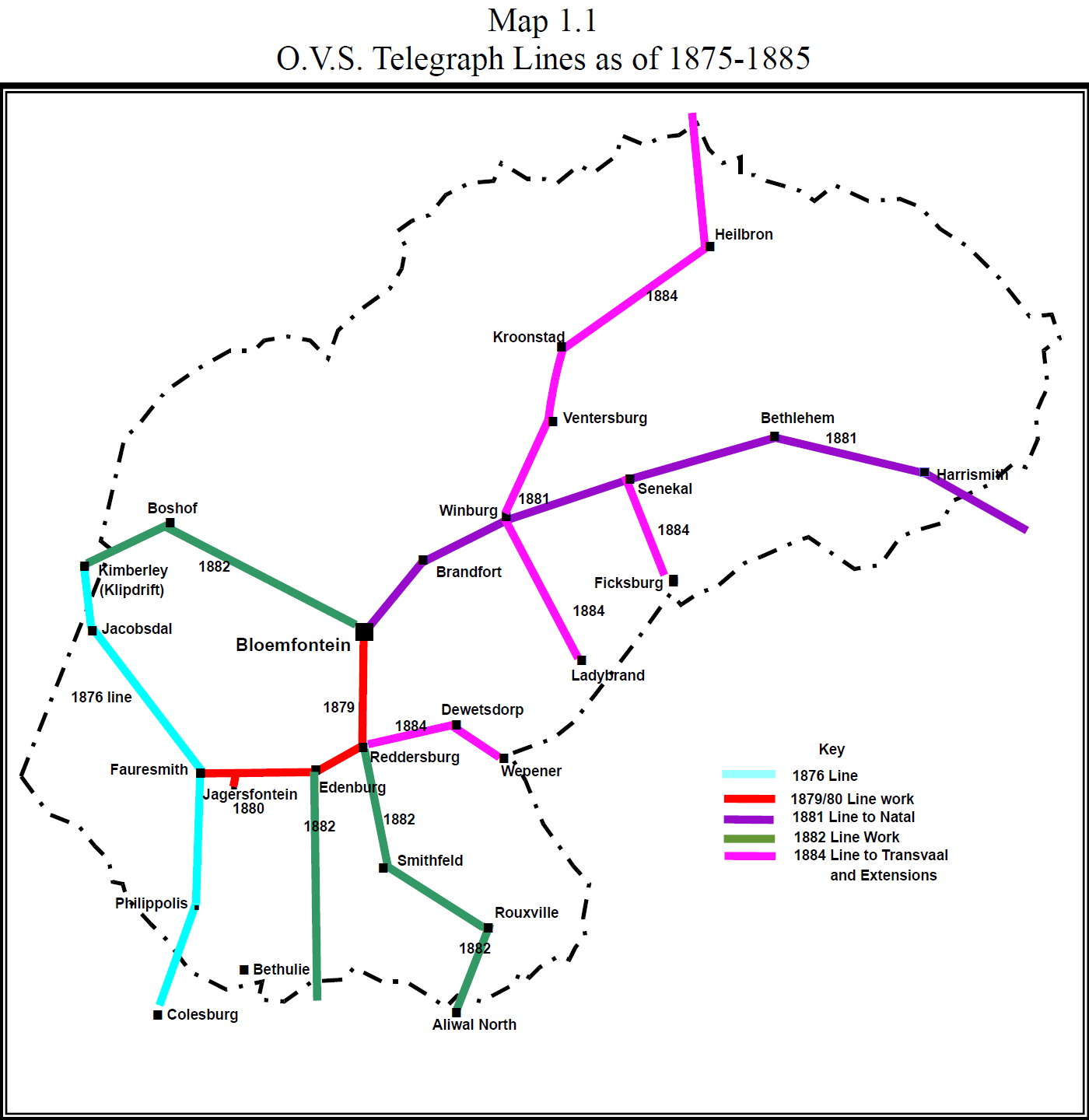
Map 1.1 - O.V.S. Telegraph Lines as of 1875-1885
|
WORKING
|
Telegraphy in Southern Africa began in 1860 with the opening of a line from Cape Town to Simonstown. Little has been reported of the early days in O.V.S. telegraphy.
What is known is largely attributable to F.W. Gericke and his researches for his 1968 MS thesis at the University of the Orange Free State. Unless otherwise indicated, data up to 1886 is from this source - 1.
In 1865, President Brand had wished to discuss telegraph connections with both Natal and the Cape, but the Volksraad (Legislature) demurred. By 1871, the discovery of diamonds in the western corner of the Free State
again raised the interest in telegraphy and discussions with Siemens of Germany ensued as to the feasibility of a line from Bloemfontein through Philippolis and Fauresmith to the Cape.
In early 1873 the Cape Colony (C.G.H) approached the O.V.S. for permission to build a line through the O.V.S. from Colesburg, C.G.H. to Klipdrift (near present day Kimberley).
This was rebuffed, due to the legal and diplomatic efforts of the O.V.S. to reclaim the diamond fields seized by the British.
By late 1873, the Raad agreed to negotiations with the Cape under certain conditions,
inter alia:
This was approved and the Jacobsdal office was also approved. The line through to Kimberley was completed in 1876. The Free State then decided to build all further lines in the O.V.S by itself.
A Mr. A.C. Howard, who had been with the C.G.H. Telegraphs, was hired as Director of the O.V.S. Telegraphs. In February 1879 the line was completed to Edenburg and on 7 April 1879 the line to
Bloemfontein was opened from Fauresmith via Edenburg and Reddersburg. It had cost £11,115. At this time, Bloemfontein had two telegraphers and a runner, smaller offices had only one telegrapher
and in the smallest, the telegrapher was also the postmaster. In 1880 the Raad approved the study of two further routes.
In November, the Raad approved construction of a route from Bloemfontein to Natal via Brandfort, Winburg, Senekal, Bethlehem and Harrismith.
In 1881, a line was built from Bloemfontein to the Natal border at van Reenens pass via Brandfort, Winburg, Senekal, Bethlehem and Harrismith.
This opened up cable traffic to Europe, as the Empire cable had reached Natal in 1880.
In 1882, another line to the Cape was opened from Edenburg via Bethulie. Later, the line from Reddersburg to the Cape at Aliwal North via Smithfield and Rouxville was opened.
Also this year, the line from Bloemfontein to Boshof (and on to Kimberley) was opened.
President Brand wished to exercise the option to buy the Cape telegraph lines in the O.V.S., but the Raad disagreed. It did, however, approve running a parallel line to the Cape line,
to reduce rates. Thereupon, the Cape reduced the charges in the O.V.S. to 1/6d per 20 words. Later the O.V.S. took over the line completely.
The Raad approved a line to the South African Republic via Ventersburg, Kroonstad and Heilbron. They also approved line extensions from Winburg to Ladybrand, Senekal to
Ficksburg, and Reddersburg to Wepener via DeWetsdorp. These were completed in 1884. There was then a lull in telegraph line construction until the railway was built in 1890.
These developments are more easily understood by referring to Map 1.1, following on page 5.
In 1890 a rail line straight up through the center of the country from the Cape to the Transvaal was begun. This line was completed in 1892 when the connection to the Transvaal
was made at Viljoensdrift. Extensions were under way when the Anglo-Boer war broke out. Map 1.2 shows the railroad lines and stations as of 1899. One must remember that some
place names changed at various times, such as Sannah’s Post/Waterworks Junction, etc.
A railroad of course needs to have telegraphic connections at every station or significant siding. This caused a major reworking of the existing telegraph system.
In fact, two systems emerged that shared responsibility for telegraphic communications in the O.V.S. The railway operator had basic responsibility for communications for the railroad operations.
The Post Office had all the telegraph offices that were not on the railroad lines and also some of those that were.
Since the postal and telegraphic services were under the control of one man, A. C. Howard, many of the post offices had been moved into the telegraph offices.
In some cases, the public telegraph office at a train station would be in a separate office. But in other cases, a single office would be the local post office, the local telegraph office, and the station telegraph office.
All services were combined in the person of one man, the telegrapher. In a large country, such an arrangement would never work, but in a small country it worked well.
Map 1.3 shows the railroad stations/sidings where there is no record of there being a telegraph office dealing with the public. There may have been railroad telegraphy at some of these places.
Map 1.4 shows the final pre-war state of the public telegraph system as of 1899, after the railroad and public telegraph systems had been combined and expanded.
This information has been compiled from a number of sources, which often disagree among themselves and even within themselves. The routing of the lines is somewhat hypothetical in places, but is our best estimate.
At the outbreak of the war, the O.V.S. telegraph system followed the advancing Boer Commandos and was thus expanded into the Cape and Natal at Modder Rivier, Colesburg, Aliwal North, van Reenen’s Pass, etc.
Soon however, the weight of the British Empire armies prevailed, and by 1902 none of the telegraph system was left operating in O.V.S. hands.
The British restored telegraph service in the area they controlled, but outlying areas without large British forces were left with no service. Also, for example, Lindley did not have service restored
because the town had been destroyed and the inhabitants sent to the concentration camps, leaving no town. The location did have some military telegraphic service, as it was on one of the British blockhouse lines.
The British carried on the divided authority for telegraph service. The telegraphic branch of the Imperial Military Railways took responsibility for the railway stations, as had the old O.V.S.S.
(Oranje Vry Staat Spoorwegen or Orange Free State Railways). In addition, they were responsible for the purely military telegraph lines connecting the blockhouse lines which divided the country into sections to
interfere with the movements of the Boer forces and also to facilitate the ‘sweeps’ which destroyed all housing, farms, cattle, etc. and removed the Boer population to the camps.
The Army Telegraphs took over the offices previously run by the Post Office. In addition, they were responsible for cantonments and running lines connecting troop movements with headquarters.
Map 1.5 shows the telegraph system in August/September 1902, just as the whole system was returned to civilian control. Again, some of the routings are ‘best guesses.’ Table 1.1 is the PMG’s (Postmaster General)
report in November 1902 as to the status of telegraph and postal offices. In some larger places, such as Bloemfontein and Kroonstad, there were separate telegraph offices for the railroad and public telegraphs.
After the Peace of Vereeniging there were some extensions of the telegraph system and a major expansion of the railroad. The use of special stamps for telegrams was stopped,
with telegrams paid for with normal definitive postage stamps.
Map 1.6 indicates the telegraph and rail systems as of 1910, just before formation of the
Union Of South Africa. Again, the exact route of the lines is hypothetical in certain areas.

Map 1.1 - O.V.S. Telegraph Lines as of 1875-1885
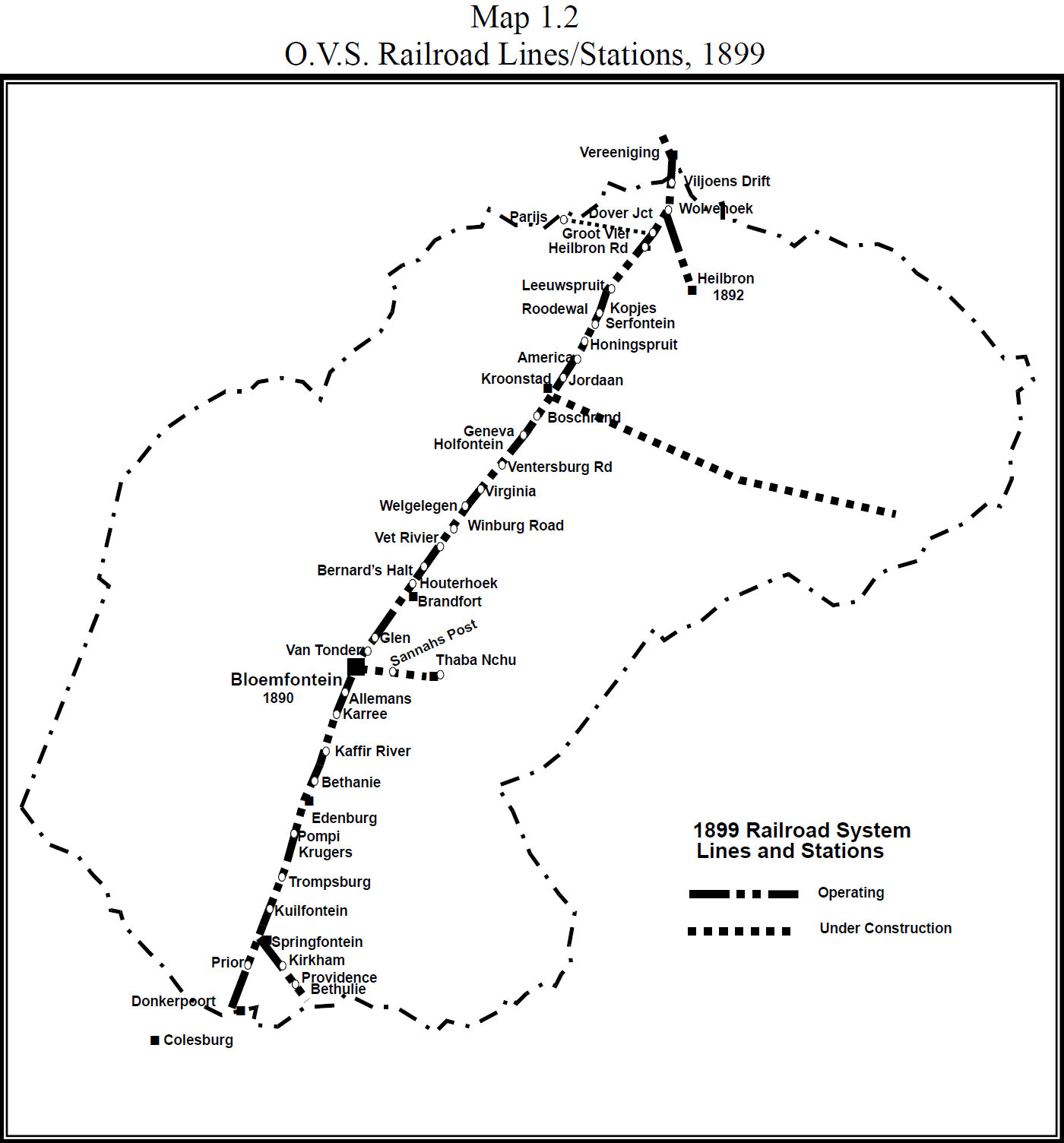
Map 1.2 - O.V.S. Railroad Lines/Stations, 1899
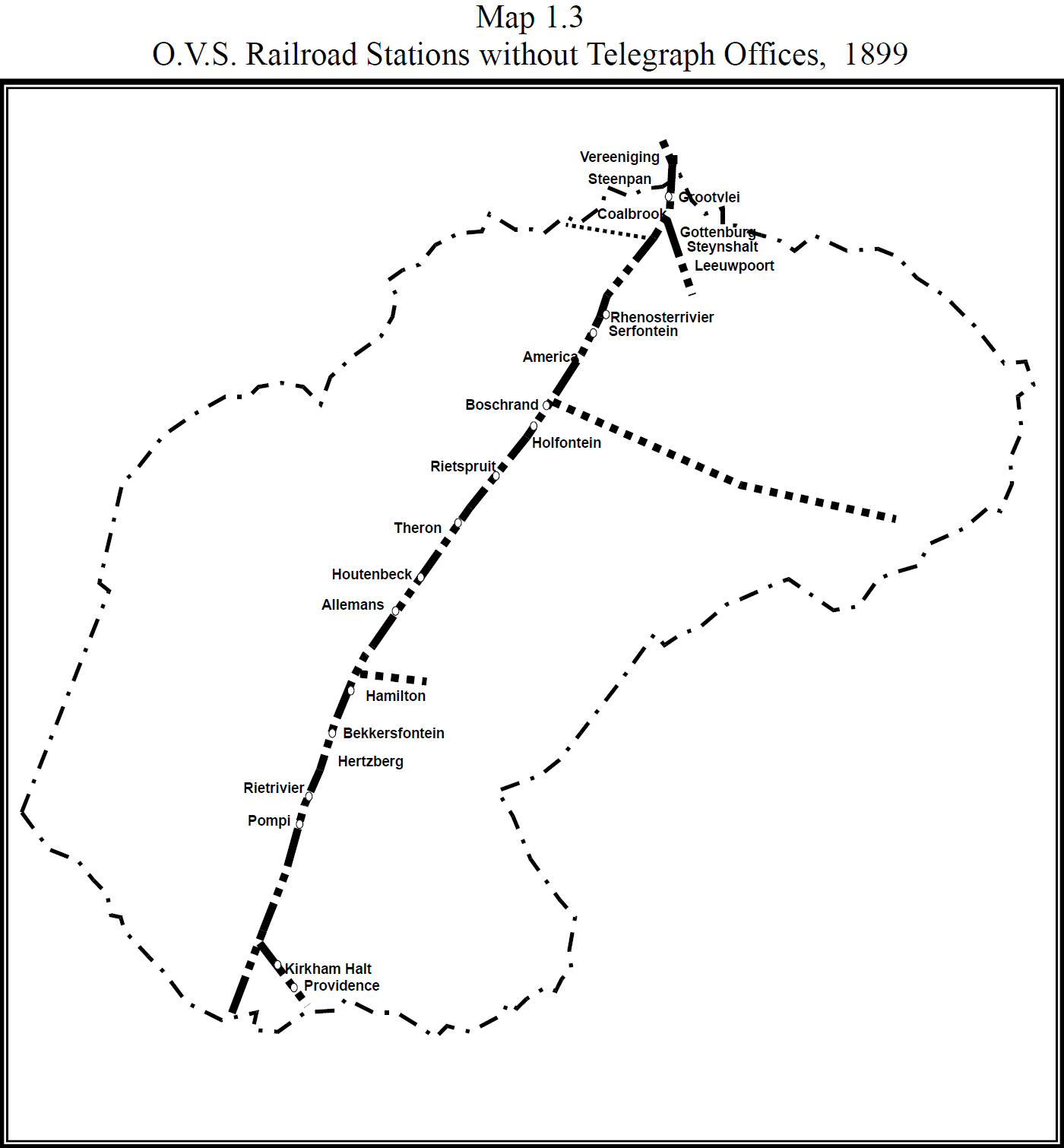
Map 1.3 - O.V.S. Railroad Stations without Telegraph Offices, 1899
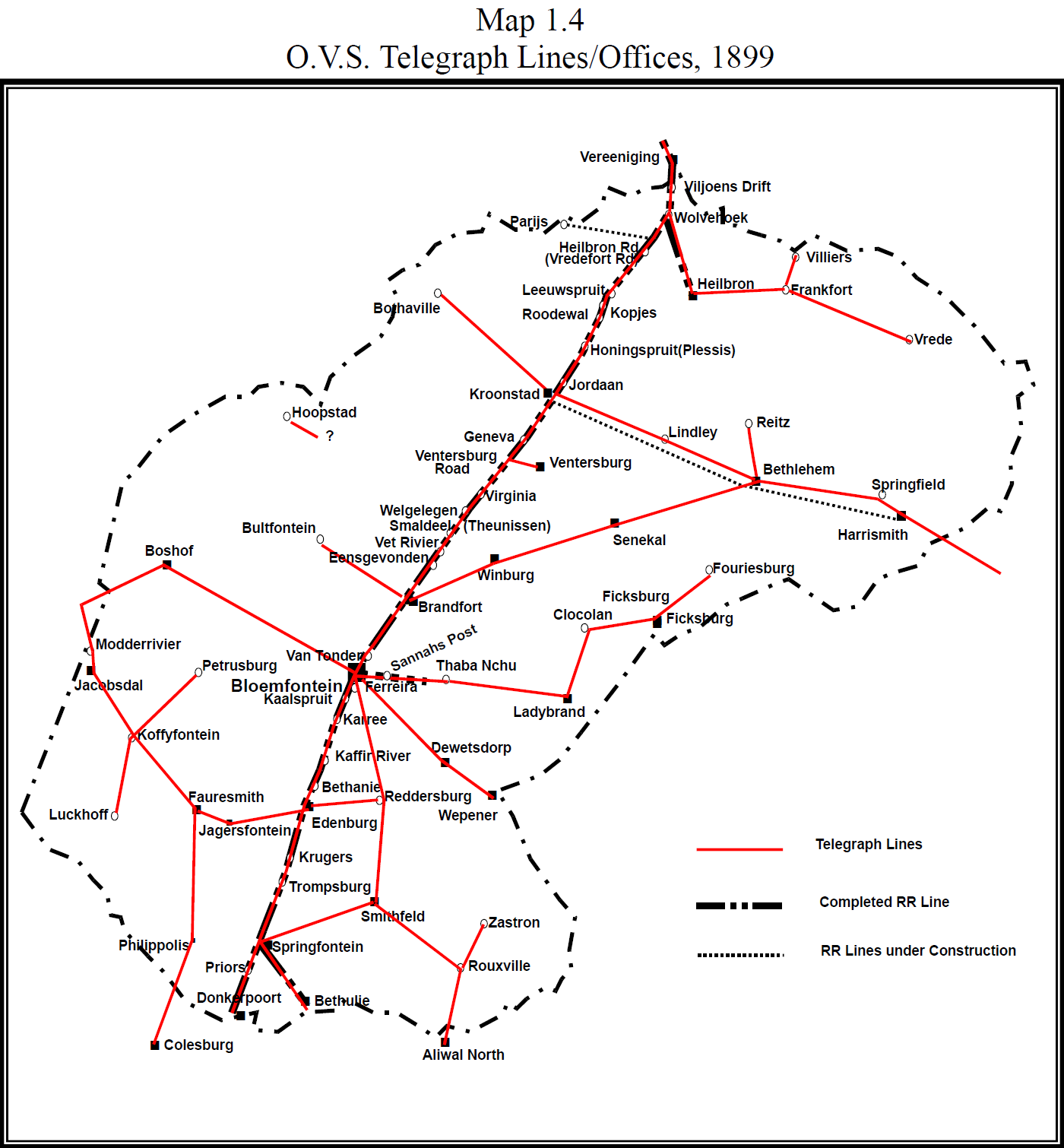
Map 1.4 - O.V.S. Telegraph Lines/Offices, 1899
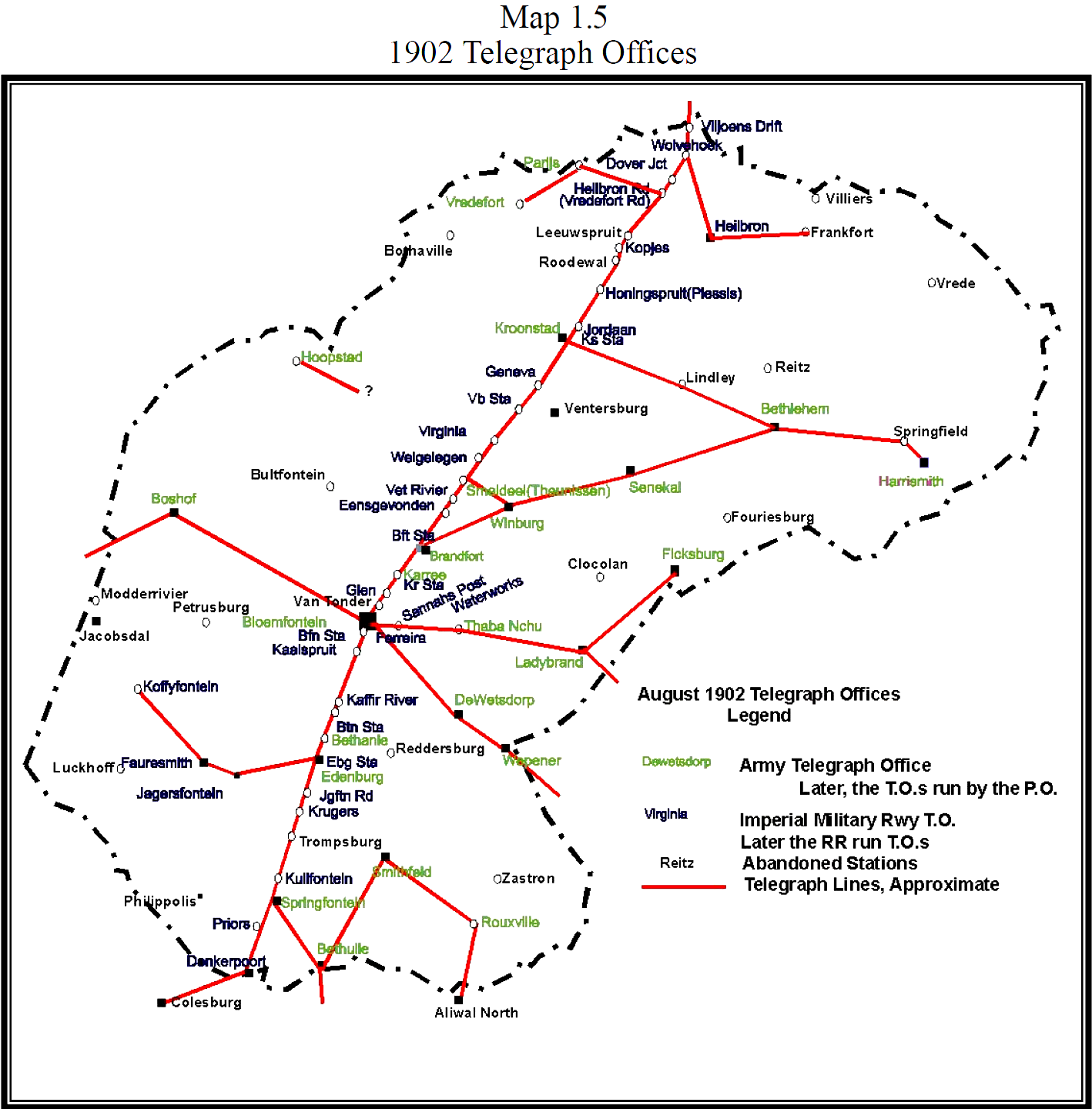
Map 1.5 - O.V.S. Telegraph Offices, 1902
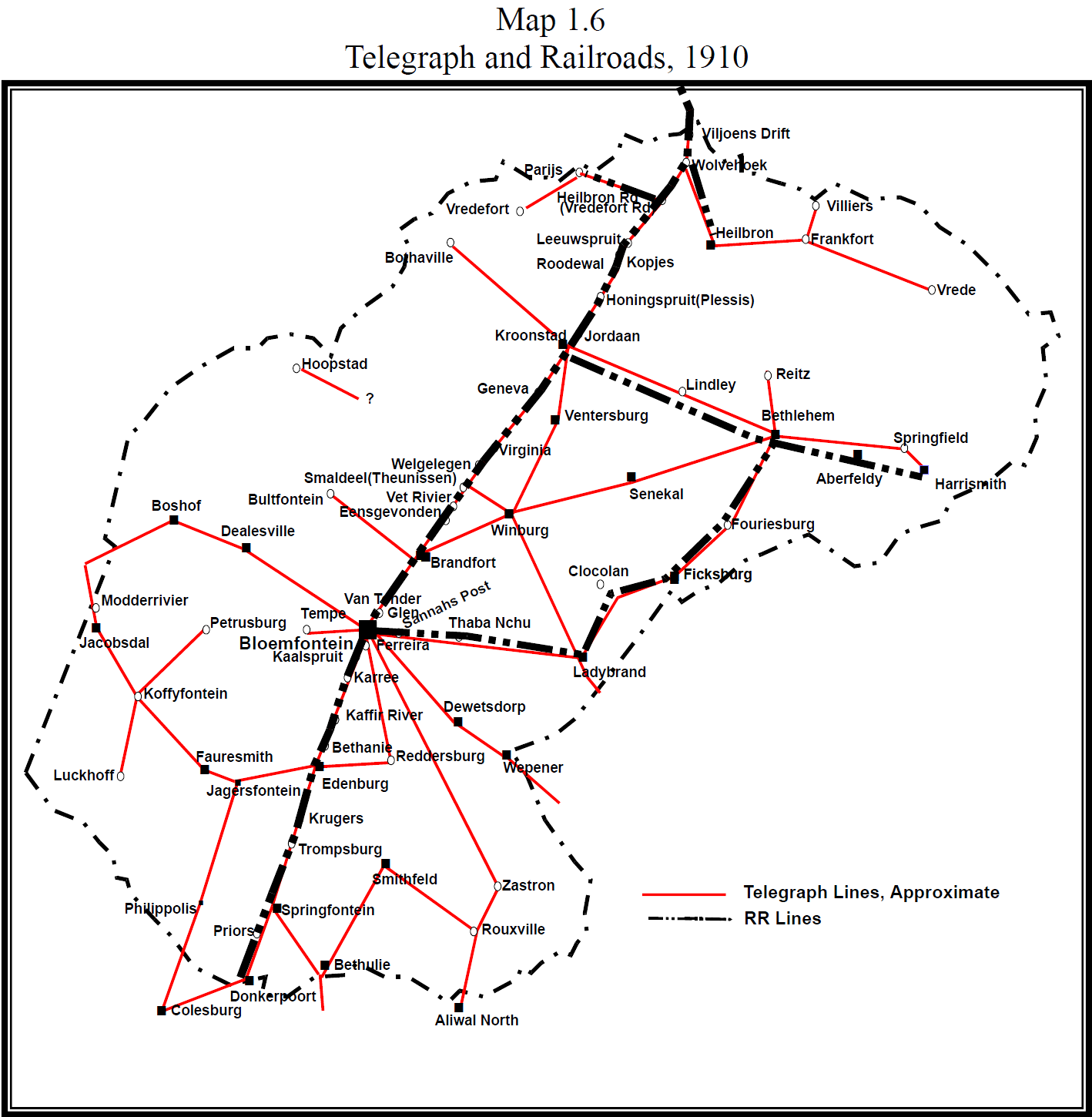
Map 1.6 - O.V.S. Telegraph and Railroads, 1910
The following Alphabetical List of Post Offices and Post Office Agencies now opened in the Orange River Colony is published for general information:
Explanations regarding the List - § Signifies Telegraph Office; X signifies Savings Bank and I signifies Railway Telegraph Office, accepts all Classes of Telegram work.
In the third column: M.O.O. signifies Money Order Office, P.O.A. signifies Post Office Agency and P.O. Signifies Post Office Money Order and Savings Bank Offices
connected by Telegraph are authorized to transact such business by Telegraph.
| NAME of OFFICE | DISTRICT | CLASS of OFFICE | Letters to be addressed via | NEAREST M. O. O. | |
|---|---|---|---|---|---|
| I | Albertina | Harrismith | P.O.A. | Harrismith | Harrismith |
| Allandale | Winburg | P.O.A. | Winburg | Winburg | |
| Bethany Station | Bloemfontein | P.O.A. | Reddersburg | ||
| Bethany Village | Bloemfontein | P.O.A. | Edenburg | ||
| X | Bethlehem | Bethlehem | M.O.O. | ||
| § X | Bethulie | Bethulie | M.O.O. | ||
| § X | Bloemfontein | Bloemfontein | M.O.O. | ||
| § X | Boshof | Boshof | M.O.O. | ||
| § X | Brandfort | Bloemfontein | M.O.O. | ||
| § X | Bultfontein | Hoopstad | M.O.O. | Brandfort | |
| Bothaville | Kroonstad | P.O. | Kroonstad | ||
| Brindisi | Ficksburg | P.O.A. | Ficksburg | Ficksburg | |
| Brandsdrift | Ladybrand | P.O.A. | Ladybrand | Thaba 'Nchu | |
| Commandodrift | Hoopstad | P.O.A. | Bothaville | Bothaville | |
| Commissiepoort | Ladybrand | P.O.A. | Ladybrand | Ladybrand | |
| Clocolan | Ladybrand | P.O.A. | Ladybrand | ||
| Cyferfontein | Bloemfontein | P.O.A. | Brandfort | Brandfort | |
| § X | Dewetsdorp | Bloemfontein | M.O.O. | ||
| I | Donkerpoort | Philippolis | P.O.A. | Springfontein | |
| § X | Edenburg | Fauresmith | M.O.O. | ||
| Elandsriver | Harrismith | P.O.A. | Harrismith | Harrismith | |
| I | Eensgevonden | Winburg | P.O.A. | Brandfort | |
| § X | Fauresmith | Fauresmith | M.O.O. | ||
| § X | Ficksburg | Ficksburg | M.O.O. | ||
| § X | Fouriesburg | Ficksburg | M.O.O. | ||
| § X | Frankfort | Vrede | M.O.O. | ||
| I | Glen | Bloemfontein | P.O.A. | Bloemfontein | |
| I | Geneva | Kroonstad | P.O.A. | Kroonstad | |
| § X | Harrismith | Harrismith | M.O.O. | ||
| § X | Heilbron | Heilbron | M.O.O. | ||
| § | Hoopstad | Hoopstad | M.O.O. | Brandfort | |
| I | Honingspruit | Kroonstad | P.O.A. | Kroonstad | |
| Haagenstad | Bloemfontein | P.O.A. | Brandfort | Brandfort | |
| Hibernia | Senekal | P.O.A. | Senekal | Senekal | |
| § X | Jacobsdal | Jacobsdal | M.O.O. | ||
| § | Jagersfontein Road | Fauresmith | P.O. | Jagersfontein | |
| § | Jagersfontein | Fauresmith | M.O.O. | ||
| I | Jordaan | Kroonstad | P.O.A. | Kroonstad | |
| I | Kaffir River Station | Bloemfontein | P.O.A. | Bloemfontein | |
| § | Koffyfontein | Fauresmith | M.O.O. | ||
| § X | Kroonstad | Kroonstad | M.O.O. | ||
| I | Karee | Bloemfontein | P.O.A. | Brandfort | |
| I | Kopjes | Kroonstad | P.O.A. | Kroonstad | |
| I | Krugers | Fauresmith | P.O.A. | Edenburg | |
| I | Kaalspruit | Bloemfontein | P.O.A. | Bloemfontein | |
| § X | Ladybrand | Ladybrand | M.O.O. | ||
| § | Lindley | Bethlehem | M.O.O. | ||
| § | Luckhof | Fauresmith | P.O. | Koffyfontein | |
| Lombardsdrift | Bloemfontein | P.O.A. | Bloemfontein | Bloemfontein | |
| Nooitgedacht | Heilbron | P.O.A. | Heilbron | Heilbron | |
| § | Petrusburg | Fauresmith | M.O.O. | Bloemfontein | |
| § | Philippolis | Springfontein | M.O.O. | Springfontein | |
| § | Parys | Heilbron | M.O.O. | Vredefort | |
| I | Priors | Bethulie | P.O.A. | Springfontein | |
| Reitz | Bethlehem | M.O.O. | Bethlehem | ||
| § | Reddersburg | Bloemfontein | M.O.O. | ||
| § | Rouxville | Rouxville | M.O.O. | ||
| I | Roodewal | Kroonstad | P.O.A. | Heilbron | |
| § | Senekal | Winburg | M.O.O. | ||
| § | Smithfield | Smithfield | M.O.O. | ||
| § | Smaldeel | Winburg | M.O.O. | ||
| § X | Springfontein | Springfontein | M.O.O. | ||
| Steynspruit | Moroka | P.O.A. | Thaba 'Nchu | Thaba 'Nchu | |
| § X | Thaba 'Nchu | Thaba 'Nchu | M.O.O. | ||
| Trompsburg | Fauresmith | P.O.A. | Jagersfontein Rd. | Jagersfontein | |
| I | Vredefort Road | Heilbron | P.O.A. | Heilbron | |
| § | Ventersburg | Winburg | M.O.O. | ||
| I | Ventersburg Road | Winburg | P.O.A. | Ventersburg | |
| § X | Viljoen's Drift | Heilbron | M.O.O. | ||
| § | Villiers | Vrede | P.O. | Frankfort | |
| § | Vredefort | Vredefort | M.O.O. | ||
| § | Vrede | Vrede | M.O.O. | ||
| I | Vet River | Winburg | P.O.A. | Smaldeel | |
| Vaalbank | Bloemfontein | P.O.A. | Bloemfontein | Bloemfontein | |
| I | Virginia | Kroonstad | P.O.A. | Kroonstad | |
| I | Water Works | Bloemfontein | P.O.A. | Bloemfontein | Bloemfontein |
| I | Welgelegen | Winburg | P.O.A. | Smaldeel | |
| § | Wepener | Wepener | M.O.O. | ||
| § X | Winburg | Winburg | M.O.O. | ||
| I | Wolvehoek | Heilbron | P.O.A. | Heilbron | |
| Woodside | Vrede | P.O.A. | Vrede | Vrede | |
| § | Zastron | Rouxville | M.O.O. |
Last updated 20th. August 2021